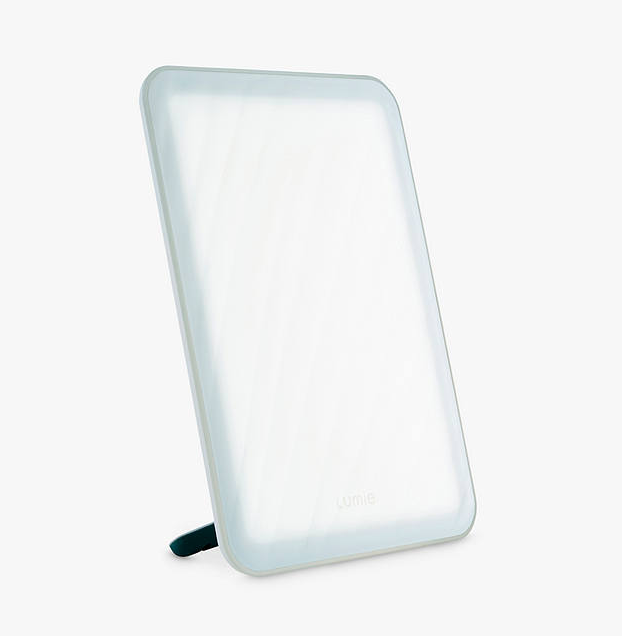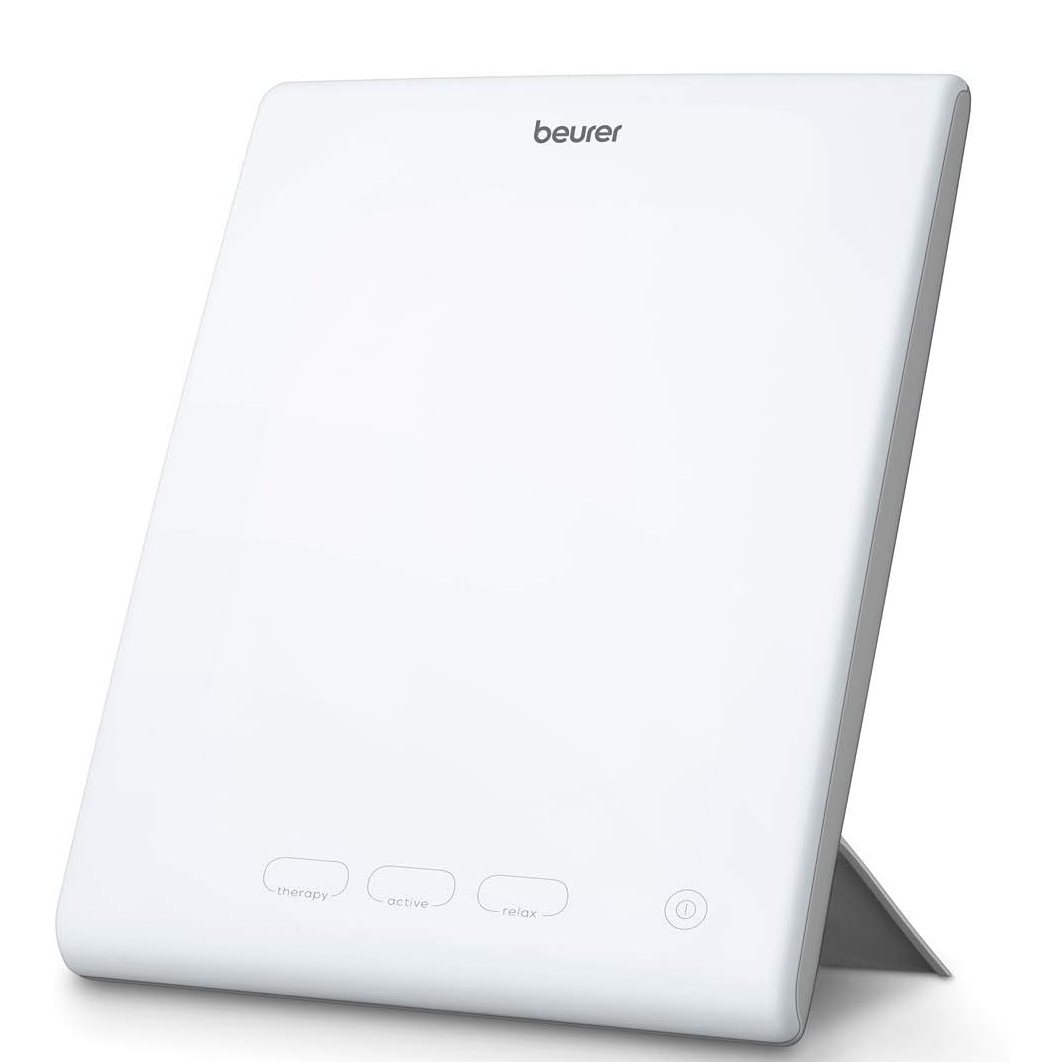Do SAD lamps work? Experts reveal whether they can help you through winter
Are SAD lamps the thing that can help you make it through the winter?
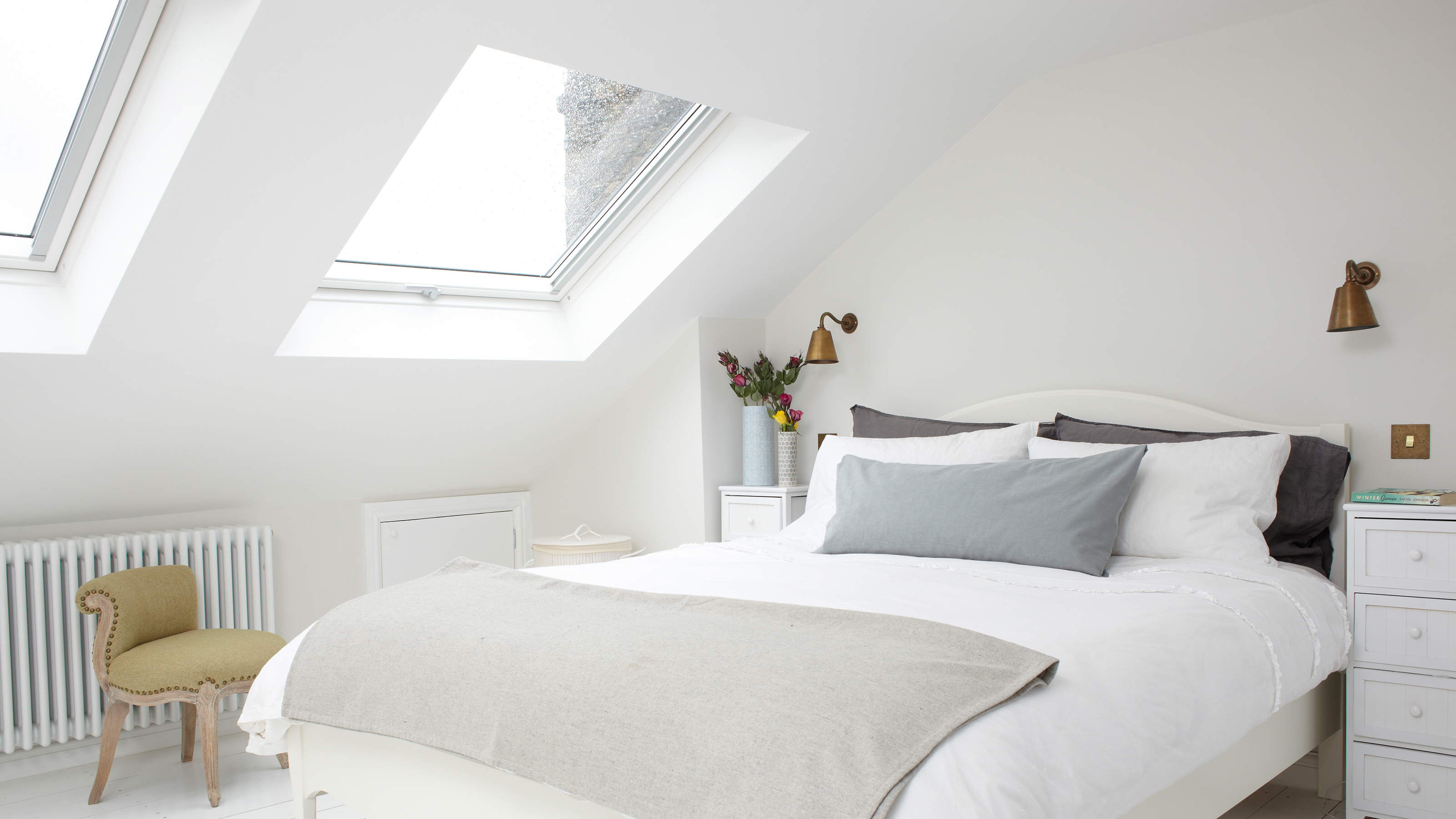
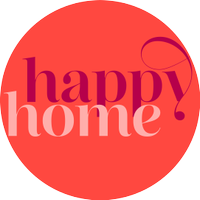

Do SAD lamps work? It's that time of year again and as the nights draw in and the mornings get harder to face, this is one question you won't be alone in asking.
SAD stands for Seasonal Affective Disorder and is a condition defined by the NHS as a 'type of depression that comes and goes in a seasonal pattern'. The condition is also known as winter depression, as it strikes as the colder weather and lack of warmth and sunlight begin to have an adverse effect on a person's feeling of happiness.
One of the ways often cited when looking for how to combat SAD is to call on the help of a SAD lamp. These lamps all function as a form of light therapy, which in some settings, has been clinically proven to help alleviate the effects of Seasonal Affective Disorder.
As a user of a SAD lamp, I wanted to dig a little more into how and why these products work, and how you can implement using one to boost well-being at home in the wintertime.
While light therapy can be a useful at-home practice if you think that you are suffering from SAD severely and finding it difficult to cope, then you should consult a medical professional as soon as possible.
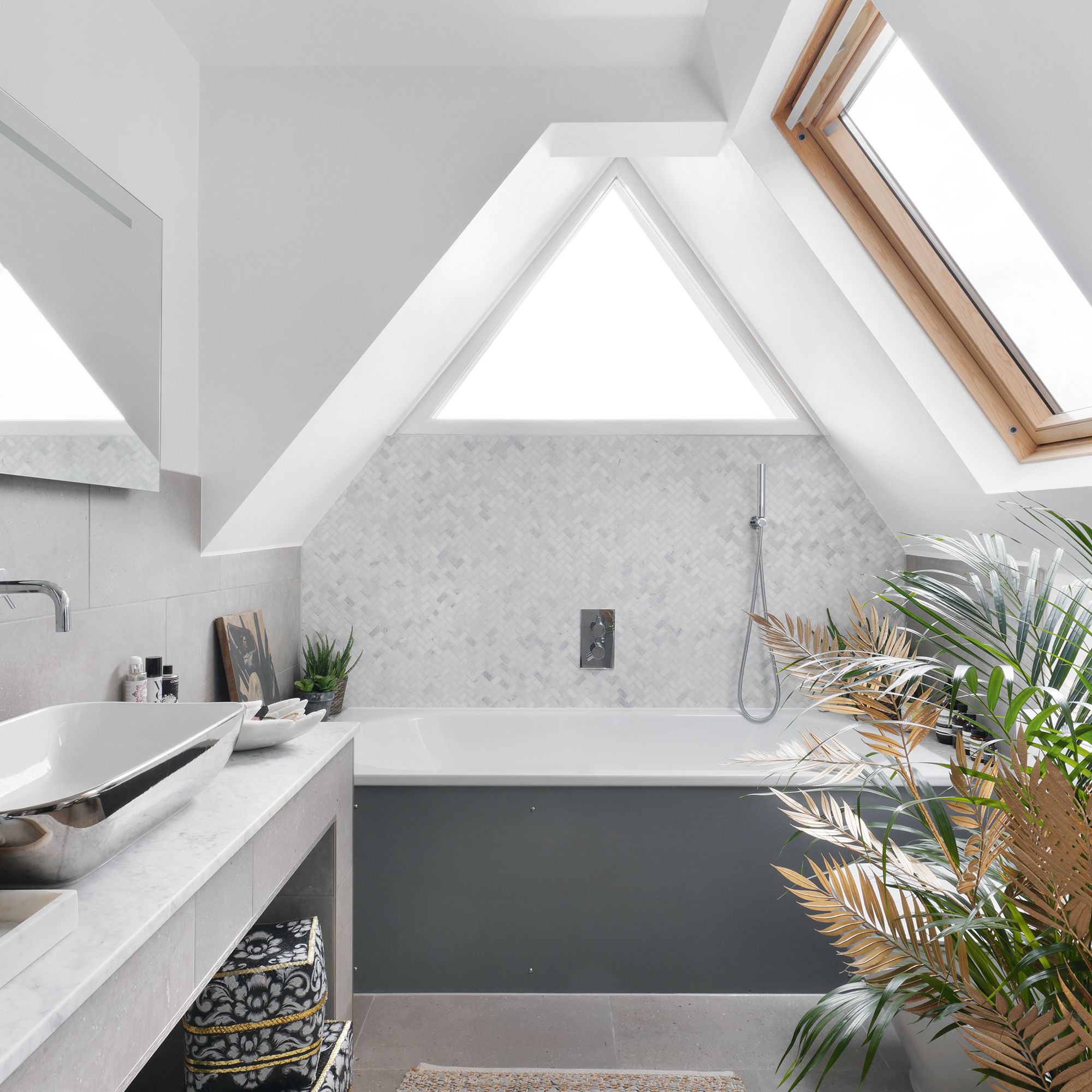
What is SAD?
According to Brainworks Neurotherapy, two million people in the UK grapple with SAD. And even if you haven't heard of Seasonal Affective Disorder before, the symptoms that come along with this condition may be familiar if you feel prone to low mood in the winter.
According to NHS England, symptoms of SAD can include a persistent low mood and sleeping for longer than usual, as well as struggling to get out of bed in the morning.
Though it's not known exactly what causes SAD, there seems to be a particular correlation between an increase in cases of the condition and the time of year, as people struggle to transition to autumn and winter.
Sign up to our newsletter for style inspiration, real homes, project and garden advice and shopping know-how
So what causes SAD? Dr Alexis Missick, an experienced GP who works with UK Meds, an online prescription service, told us that while 'the exact cause of SAD is not known, most experts think that it’s linked to reduced exposure to sunlight'.
He continues, 'During the winter months, there are fewer daylight hours and the colder weather means that people get outside less. This may stop your hypothalamus from working properly; a part of the brain responsible for melatonin, serotonin and your circadian rhythm.
Because melatonin and your internal body clock (circadian rhythm) rely on sunlight, you can feel tired and lacking in energy if you suffer from SAD. Meanwhile, the effect of a lack of sunlight on your serotonin production is responsible for a change in mood, appetite and sleep.'

One NHS-recommended therapy for SAD is light therapy, which comes in the form of SAD lamps.
In order to help replicate sunlight that is lost in the winter and to prompt your body to produce the serotonin that you might have lost, SAD lamps are designed to be especially bright, with a high output of light. This is quantified in the number of lux a lamp has; an operational SAD lamp should have around 10,000 lux.
SAD lamps can come in various forms. I use the Lumie Vitamin L light, which has a tablet-like design, while you can shop SAD lights that look like desk lamps, or have one built into your wall.
If you primarily struggle with how to wake up in the mornings in the winter, you can combine two solutions in one with a wake-up light that can also provide light therapy, like this one from Lumie for £150.00. You can use the sunrise function to help you get up naturally in the mornings, and then switch to the SAD mode at your desk to get your sunlight in too.
Do SAD lamps work?
In short, SAD lamps have been clinically proven in some settings to help alleviate the symptoms that come with the condition, at least in the short term.
One study from the International Journal on Disability and Human Development found that 'light therapy is an effective treatment of seasonal affective disorder (SAD), when administered daily for at least several weeks'.
This is bolstered by Dr Alexis Missick, who says that 'trying light therapy with a SAD lamp may help to remedy' the symptoms that come along with the condition.
Why is that? Well, Dr Missick adds that 'SAD lamps work by mimicking sunlight and encouraging your brain to produce less melatonin and more serotonin.'
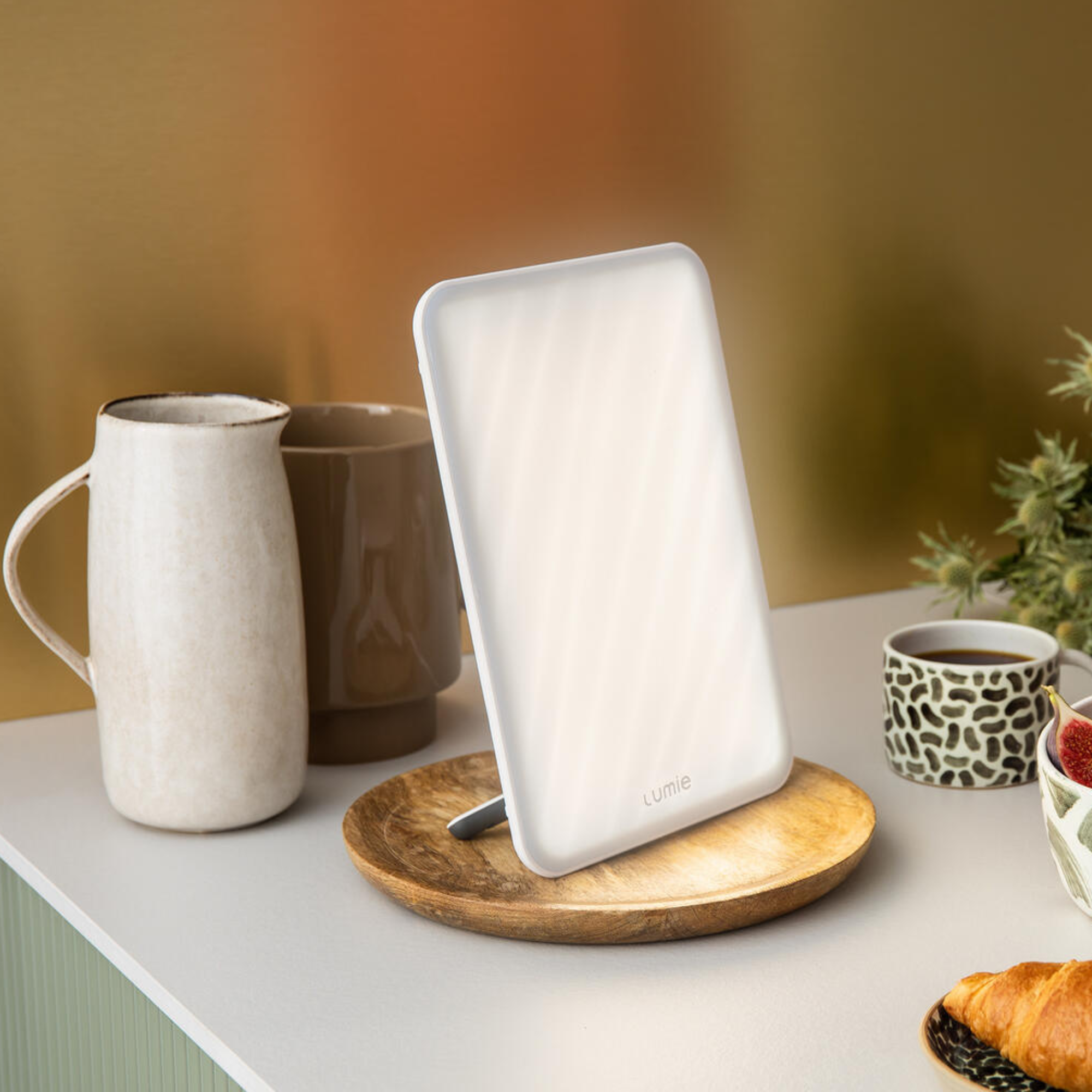
A Lumie SAD lamp
Dr Francesco Cappucio, a Professor of Cardiovasc Medicine & Epidemiology at the University of Warwick delves more into why the use of SAD lamps is a much-asked question.
'The evidence of efficacy [of SAD lamps] is debated - surely short-term benefits are seen, often in conjunction with other forms of therapies for depression (like anti-depressants and/or psychotherapy). As such, they are not regulated by the FDA or European standards, and are not considered medical devices.'
All of that means that while a SAD lamp might not be a catch-all solution to the symptoms that arise from the condition, it might be worth trialling one to see if it impacts your state of mind in the darkness of wintertime.
How long does it take for a SAD lamp to work?
So what should you look for when shopping for an SAD lamp so that you can be sure to achieve results? Dr Naveen Puri, Medical Director for BUPA UK Insurance, advises you to 'look for a lightbox with an intensity of 10,000 lux - this means its brightness level has been recommended by a doctor.'
There are simpler indicators too, with Dr Naveen adding that 'the lamp's packaging will also help you to see if it's been medically classified. Look on the box to see whether it's been registered with the Medicines & Healthcare products Regulatory Agency (MHRA).'
As to the benefit of different types of SAD lamps, Dr Naveen is clear, saying that 'cool-white, fluorescent light is the best to go for, over a blue light.'

While there are debates around the efficacy of these lamps, the advice on how to use one if you do invest is straightforward.
Dr Francesco Cappuccio, of Warwick University, advises that a SAD lamp should be used 'within an hour of waking up in the morning for about 20-30 minutes, with a set distance according to the power of the lamp (on average approximately 40-60cm from your face, possibly with eyes open.'
You might be wondering if there are any steps you need to take first before you invest in an SAD lamp, such as visiting your GP.
Dr Naveen Puri advises that 'Most people should be fine to buy a SAD lamp without speaking to their GP first.'
He does caveat however that 'if you have an eye condition or take medication that affects your skin’s sensitivity to light, make sure you book an appointment with your GP first to talk things through.'
If you're looking for a way to make your days feel a little sunnier, then I can wholeheartedly recommend using an SAD lamp, and being sure to get your daily 30 minutes of exposure to it every morning.

Molly is Ideal Home’s Kitchen Appliances Editor, the Ideal Home Certified Expert on Appliances. An all-around cooking and baking enthusiast, she loves finding the next must-have product for readers that will their kitchen a better place. She joined the team in September 2022 after working on the editorial teams of Real Homes, Homes & Gardens and Livingetc.
For the last 4 years, she's been reviewing hundreds of small appliances; conducting tests at home or in the Ideal Home test kitchen. She would be hard-pressed to pick a Mastermind specialist subject but air fryers are her ultimate area of expertise, after testing just about every single one released since 2022.
To keep ahead of trends and new releases, Molly has visited the testing and development spaces of multiple kitchen brands including Ninja Kitchen and Le Creuset as well as attended consumer shows such as IFA, hosted in Berlin to see the cooking innovations of the future.
